Why rise of Fiji is set to deny Wallabies next generation of island superstars
Australia faces a tough task to lure the next Marika Koroibete and Samu Kerevi, as the lure of the Fijian jersey grows for island stars.
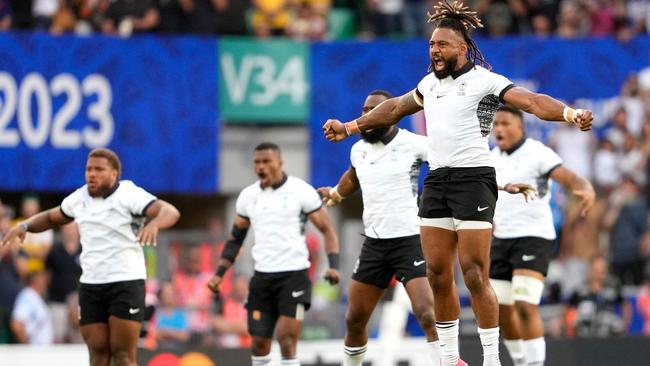
Wallabies
Don't miss out on the headlines from Wallabies. Followed categories will be added to My News.
When Drew Mitchell uttered his now regretted claim that “we shouldn’t have f---ing lost to Fiji”, his public statement represented what most Wallabies fans believed.
Fiji’s coach Simon Raiwalui accused Mitchell of being “condescending”, though Mitchell apologised and clarified that he was referring to the differences in resources between the two nations, not the talent, and the pair have sorted their differences.
The reality, however, is that many Wallabies fans do see Fiji as a tier two nation who shouldn’t come close to beating Australia.
But Fiji’s famous 22-15 win last week is set to be a line in the sand moment that also shuts off a key pipeline of talent that has been plundered by Australian rugby for decades.
There are seven players of Fijian heritage in the Wallabies’ World Cup squad; Samu Kerevi, Marika Koroibete, Rob Valetini, Suliasi Vunivalu, Mark Nawaqanitawase, Issac Fines-Leleiwasa, and Langi Gleeson.
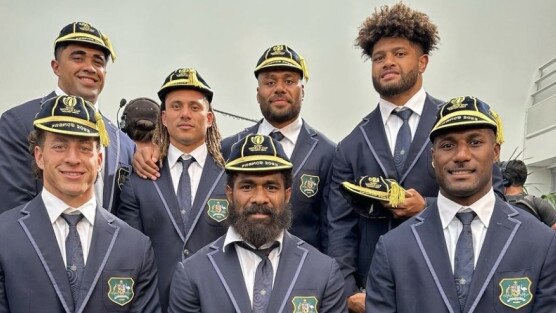
That number is set to dwindle over the next few World Cup cycles as Fijian players choose their country of birth or heritage over the gold jersey, as more professional opportunities open up to do so.
The introduction of Fijian Drua into Super Rugby, and the expected addition of the Flying Fijians into an expanded six-nation Rugby Championship from 2026 is set to see a vast number of players copying NRL superstars who’ve recently begun opting to play for their Pacific Island nations instead of the Kangaroos.
The rise of Fiji, and the decline of the Wallabies, makes the gold jersey less attractive to the next generation of talent from the island.
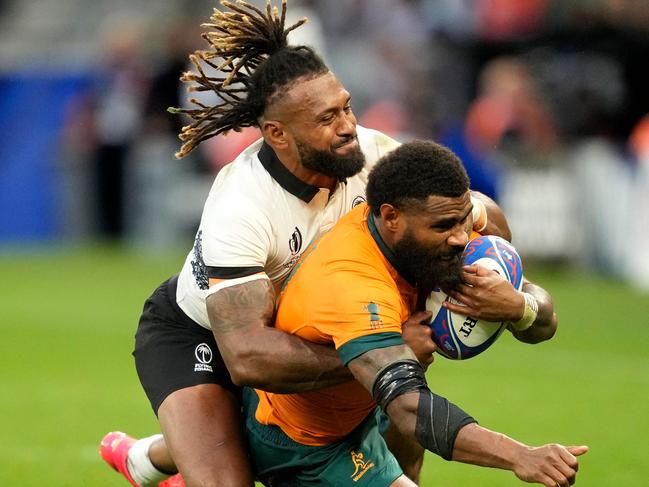

Drua’s inaugural general manager, Australian Geoff Webster, explained: “Now they’d be looking at it saying, ‘I don’t need to go anywhere else, I want to go RKS (Ratu Kadavulevu School) or QVS (Queen Victoria School) or any of the big schools in Fiji, my pathway is Fiji Schoolboys, Fiji 20s, into the Drua and then to play for Fiji – there’s no doubt that will now be their number one priority.
“NRL is the threat. We didn’t mind when guys went to New Zealand schools because we would pinch a couple of blokes out of New Zealand to play for Fiji Schoolboys at one point.
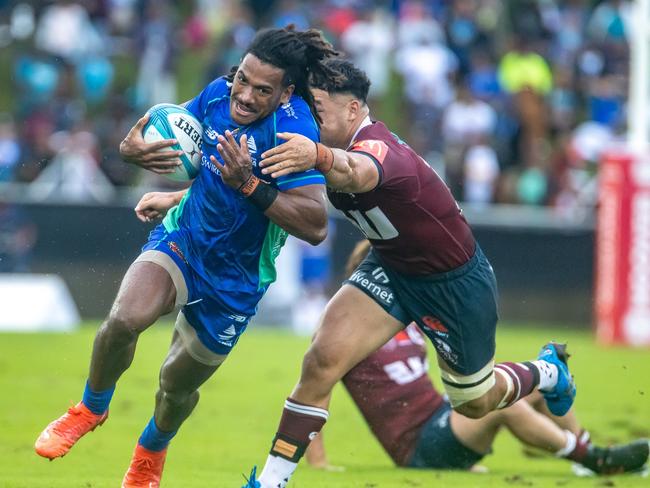
“I think now there’s a Super Rugby team, and a very competitive Test team, the impediments now have been removed.
“The pull factor to Australia and New Zealand is now less. Moving forward, there’s always going to be Fijians busting to go to Australia and New Zealand just because of money for their communities, but from a rugby perspective the impediment is removed, they can see a full-time professional career ahead of them without leaving the island if they’re good enough.
“But Fiji has a population of 900,000 and there is so much talent there that is untapped, if anything I’m surprised that the NRL hasn’t been more aggressive in terms of scouting.”
Regardless, the lure of the white Fiji jersey is now at an all-time high for rising stars.
The changing attitude was highlighted last week when two superstar New Zealand schoolboys, who had played for Fiji’s under-20s squad, rejected offers from Kiwi Super Rugby teams to sign with Drua.
Five-eighth Isaiah Armstrong-Ravula and outside back Epeli Waqaicece were marked as bright prospects for Kiwi franchises, but have committed long-term deals to ensure they’ll be available for Fiji in future.
And Webster believes the changing landscape around the Rugby Championship, and Drua having qualified for the Super Rugby finals this year in just their second season, is setting up the island for trophies.
“I can’t imagine [SANZAAR] wouldn’t expand to include Japan and Fiji, I think it makes sense and I see Fiji competing very hard in an expanded Rugby Championship,” Webster said.
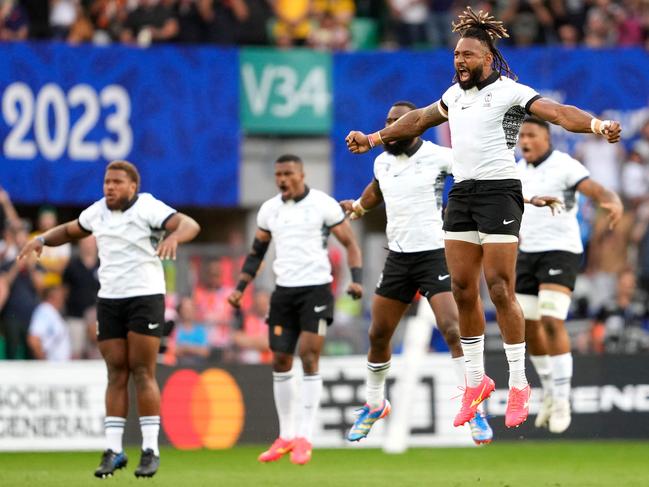
“I can definitely see the Drua doing much better in Super Rugby, I’d be surprised if we’re not competing for a title in two to three years.
“They beat the Crusaders and Hurricanes at home this year, they’ve proved it’s a really tough out, and with time they’ll get better at playing away.
“The only way is up for them, given what I know and what is occurring from a talent development perspective.”
Top 10 Fijian Wallabies
1. Lote Tuqiri: One of the biggest cross-code signings in Australian rugby history, Tuqiri scored the Wallabies’ sole try in the 2003 World Cup final and finished with 30 tries from 67 Tests.
2. Marika Koroibete: A two-time winner of the John Eales Medal and Australia’s best player at this World Cup, Koroibete has transformed the wing game with his work ethic and defence.

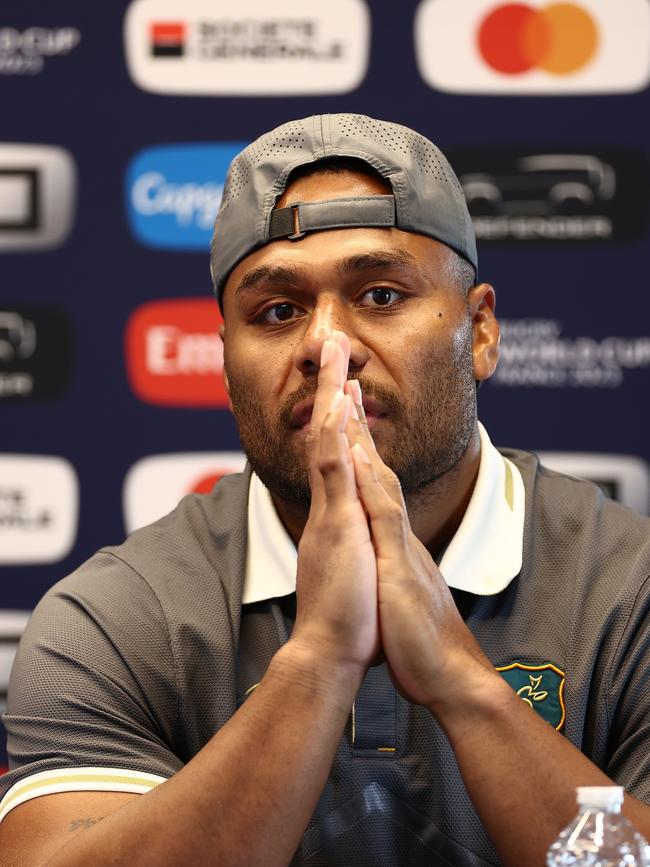
3. Samu Kerevi: A leader of the Wallabies team and one of the most devastating midfield ball-runners in the game, Kerevi was shortlisted for world player of the year in 2022.
4. Scott Higginbotham: Won the 2011 Super Rugby title with the Reds, then went on to break the record for most tries by a forward in the competition at Melbourne, Higginbotham was a versatile backrower who could steal lineouts and make breaks.
5. Radike Samo: Few will forget his “Try of the Year” against the All Blacks in 2011. Samo was a versatile back-five forward who had two stints for the Wallabies in 2004, and then 2011-12.
6. Ilivasi Tabua: “The Human Skewer” played 10 Tests for the Wallabies in between stints for Fiji. The giant lock known for his crippling defence played for Australia in the 1995 World Cup and the 1993 Sevens World Cup.
7. Tevita Kuridrani: The centre played 60 Tests for the Wallabies including at the 2015 and 2019 World Cups, and helped the Brumbies create history by defeating the British & Irish Lions in 2013.
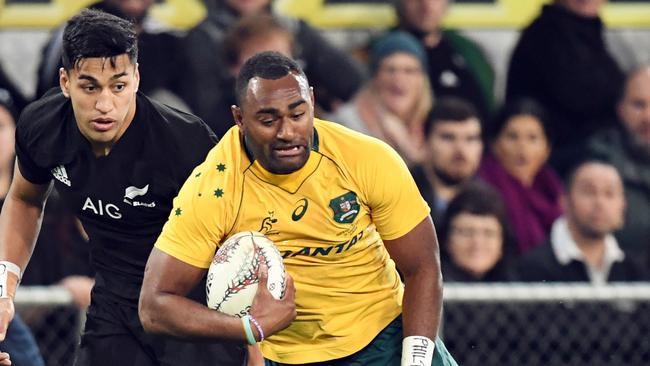
8. Rob Valetini: The Wallabies No.8 at this World Cup has established himself as a key forward for Australia and the Brumbies. He has already played 37 Tests and was named Australia’s Super Rugby Pacific player of the year in 2022.
9. Henry Speight: The Brumbies winger with the famous afro played for the Wallabies at the 2015 World Cup and scored 49 tries in Super Rugby with the Canberra side and Queensland.
10. Mark Nawaqanitawase: Australia’s newest backline sensation, Nawaqanitawase has been one of the rare bright sparks at this World Cup with his skills under the high ball and finishing ability. He is young but already shows signs of a fruitful career.
*Other notable Fijian Wallabies include Suliasi Vunivalu, Isi Naisarani, Acura Niuqila, Sefanaia Naivalu, Taqele Naiyaravoro, Salesi Ma’afu, Eto Nabuli and Filipo Daugunu.
More Coverage
Originally published as Why rise of Fiji is set to deny Wallabies next generation of island superstars



